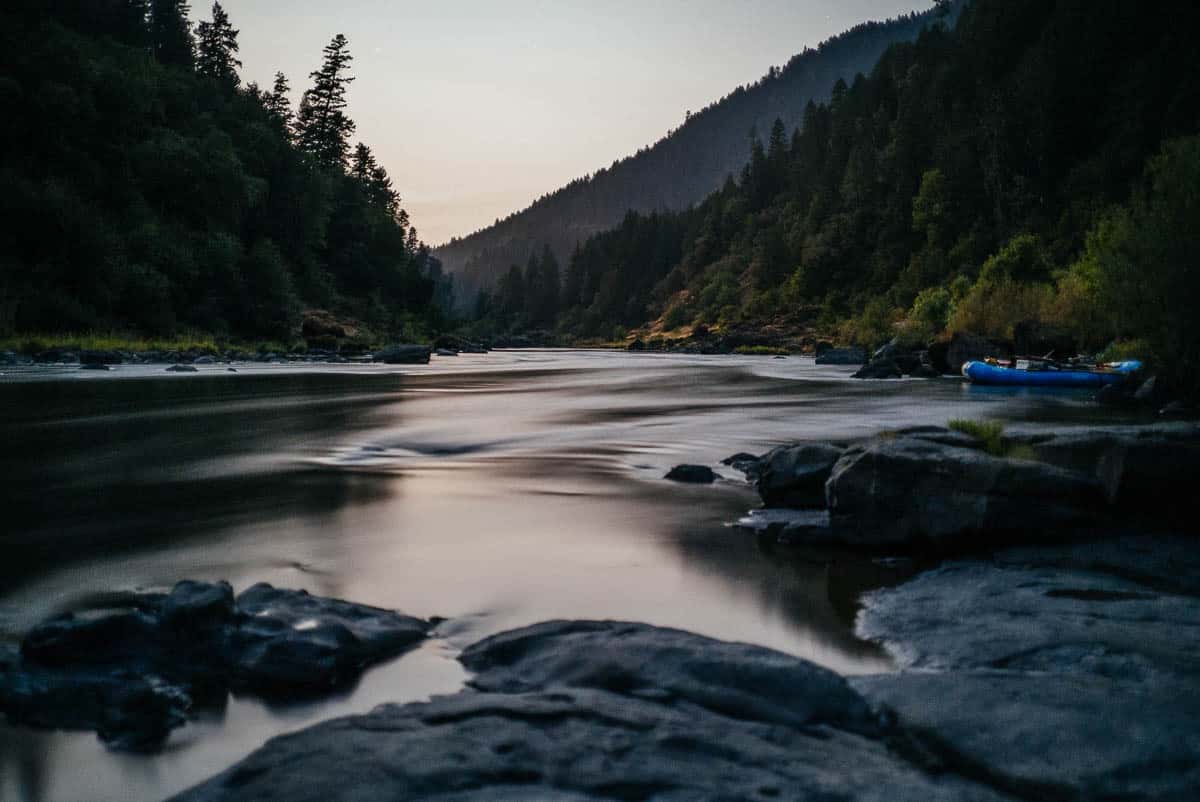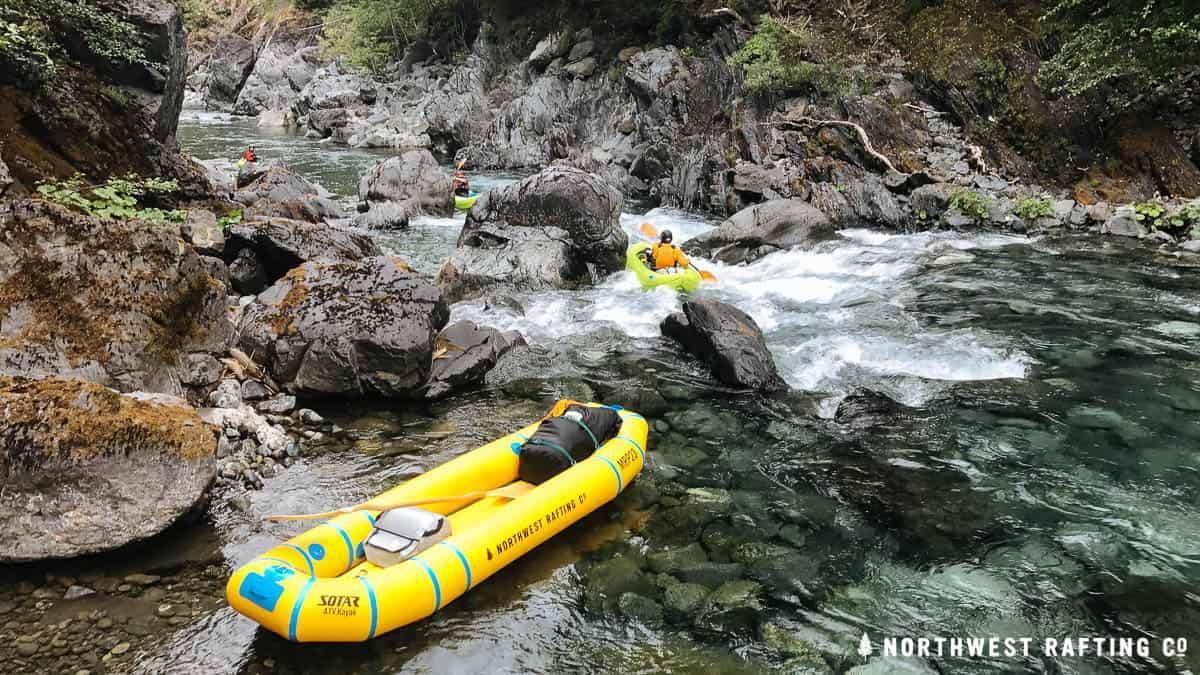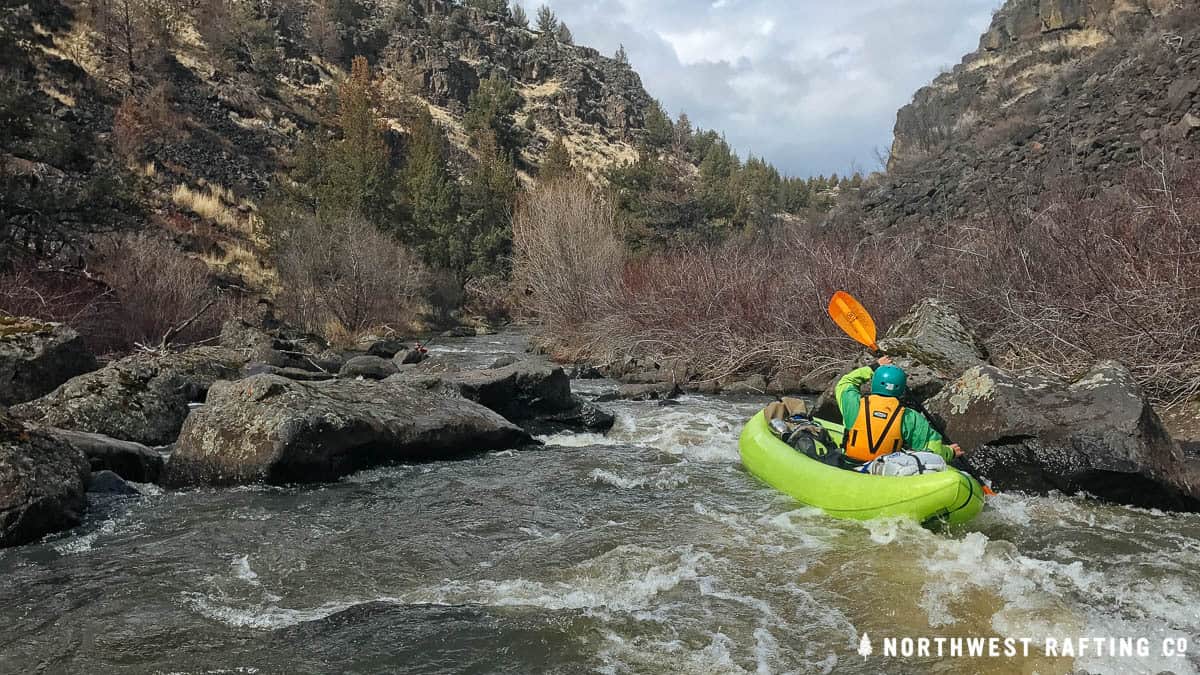1. The Wild and Scenic Rivers Act is 48 years old!
President Lyndon B. Johnson signed the Wild and Scenic Rivers Act into law by on October 2, 1968. The act turns 50 in 2018.

“We are establishing a National Wild and Scenic Rivers System which will complement our river development with a policy to preserve sections of selected rivers in their free-flowing conditions and to protect their water quality and other vital conservation values.” – President Lyndon B. Johnson
2. Wild and Scenic Rivers have “Outstandingly Remarkable Values”
To qualify for Wild and Scenic designation a river must be free-flowing and contain at least one “outstandingly remarkable value.”

These “Outstandingly Remarkable Values” or “ORVs” can be scenic, recreational, geologic, fish and wildlife, historic, cultural, or other similar values. ORVs are not further defined and are judged based on resource professionals within the federal agencies (USFS, BLM, NPS, or US Fish & Wildlife Service).
3. Wild and Scenic Rivers are protected from dams
The Wild and Scenic Rivers Act was written in response to the U.S. policy of dam building in the 1930’s to the 1960’s. River segments protected as Wild and Scenic are protected from the building of new dams.
The Congress declares that the established national policy of dam and other construction at the appropriate sections of the rivers of the United States needs to be complemented by a policy that would preserve other selected rivers sections thereof in their free-flowing condition to protect the water quality of such rivers and to fulfill other vital national conservation purposes.– Wild and Scenic Rivers Act
The federal agencies (USFS, BLM, NPS, or US Fish & Wildlife Service) are also required to “protect and enhance” the “outstandingly remarkable values” for which they were designated. They do this by writing a management plan drafted with input from the general public and local governments.
4. There are 208 Wild and Scenic River segments
There are 208 Wild and Scenic River segments comprising 12,734 river miles. In Oregon there are 58 Wild an Scenic Rivers. Forty of these Wild and Scenic designations in Oregon were part of the Omnibus Oregon Wild and Scenic Rivers Act of 1988 sponsored by Oregon’s Sentator Mark Hatfield.

5. Idaho’s Senator Frank Church Sponsored the Wild and Scenic Rivers Act
Senator Frank Church is a former Idaho Senator famously known for his dedication to protect wild places. He was the floor sponsor of the Wilderness Act and sponsored the Wild and Scenic Rivers Act in Congress. In 1984, the Frank Church-River of No Return Wilderness was renamed in his honor. He was Idaho’s last Democrat Senator.

